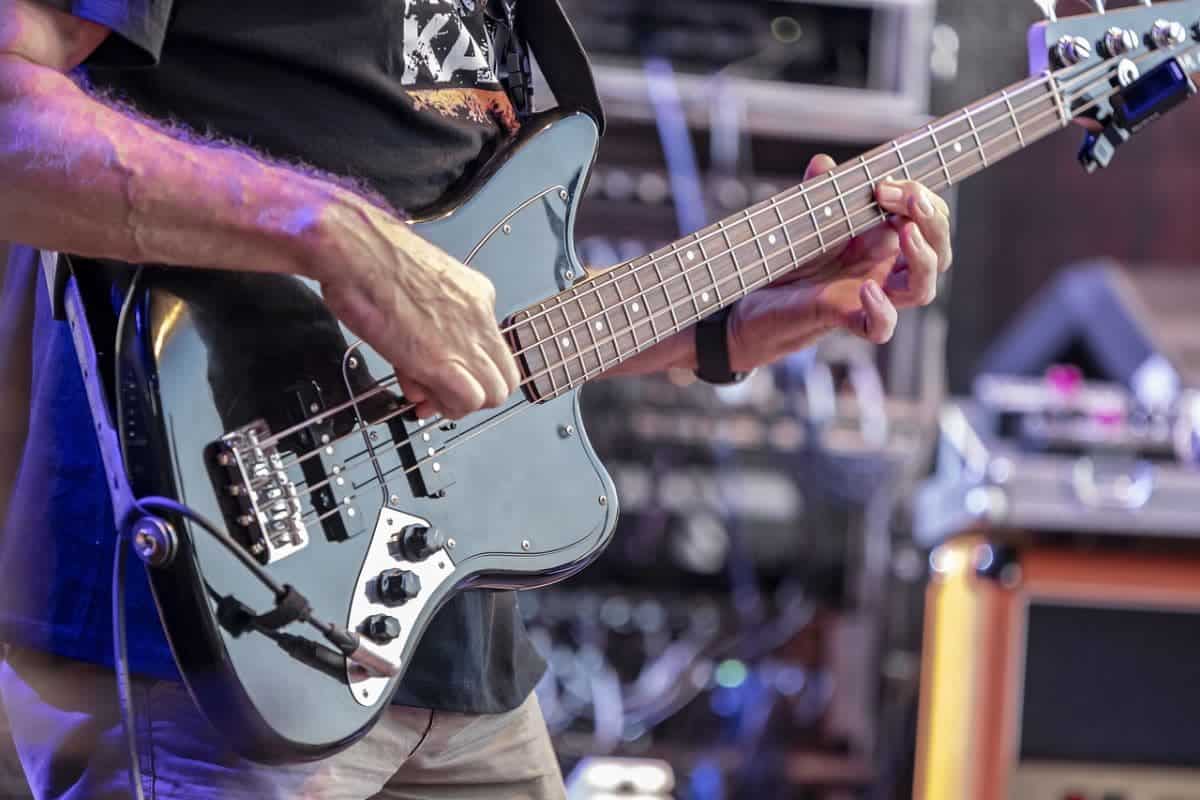We will never forget when, as kids, we got our hands on our first batch of watercolors? The deep look of horror in your mom’s eyes when you painted the wall was but an insignificant detail compared to your wonders while mixing colors on your palette. Or on the wall.
Now, you don’t have to start mixing colors on your wall, but you still want to know what you get by mixing green and orange.
Let’s get the obvious out of the way: these 2 colors mixed in equal parts get you brown. And naturally, you can get all sorts of shades of brown by changing the colors’ quantities. Or you can add black/white to it to darken/lighten it.
Now, while all of this seems somewhat obvious, there are many caveats that make the question far more interesting than what it looks like on the surface.
The first complication is in how subjective color experiences are. Your idea of green is probably different from mine. Can you describe how the color “green” looks? The same applies to other colors.
But don’t worry, we won’t get all philosophical here. We will focus on answering the question in the title as precisely as possible.
How We See Colors
The process that makes our brain see colors is extremely fascinating. Light enters our eyes, and through a complex system or cells, gets to the back of our eyeballs. There, millions of light-sensitive cells called rods and cones change the light into electrical impulses that travel to our brains.
Now it’s up to our brain to figure out what we are actually seeing. It will interpret the signals, and produce the image we are seeing with our eyes. This is because different colors make different waves. Red light has the longest waves, blue light has the shortest waves, and every other color is in between.
Complimentary colors are pairs of colors that create the most contrast. For example, orange and green are complementary colors because they have a lot of contrast with each other.
When you mix complementary colors together, they create a neutral color. This is because the waves of light from each color cancel each other out. Black and white are also considered to be neutrals, but they are created by different processes.
Black is created when all the colors in light are mixed together. White happens when there is an equal amount of light and dark. This is what makes white t-shirt so good at reflecting heat. Whereas wearing a black shirt on a scorching day is asking to turn into a blob of sweat.
It’s really amazing how our brains can take these tiny little waves of light and create an entire world full of color.
Wavelength and Color Perception
We talked about how each color has a wavelength that determines how our brain sees it. When you mix 2 or more colors, they form a new wavelength, which is why we see a completely distinct color from the original ones.
We separate colors into 3 categories: primary, secondary, and tertiary.
- Primary colors are called like this because you can’t get them by mixing other color
- Secondary colors are those resulting from mixing the primary ones
- Tertiary colors result from mixing a primary color with a secondary one
Now, it’s tempting to say “oh you get brown by mixing green and orange, so it’s definitely a tertiary color”. However, you can get brown through different combinations of colors. Since there is no dominant way of getting it, brown doesn’t fall into either of these categories. Brown is considered a composite color in this case.
For example, you can get brown by mixing red and black. Or by mixing yellow and purple. Mixing red and blue also gives you brown. And of course, by mixing green and orange.
Editor’s note: This only works in the physical world. If you mix green and orange in equal parts with the RGB method (the one used by computers), you get a slightly different green that looks like this:
Green & Orange Make Brown, but What Kind?
Before getting into a philosophical discussion of “yeah brown is brown, but what brown is the real brown?”, we must first learn a bit about color characteristics:
- Hue—This is simply the name of a color. So red, blue, purple, and brown are all hues.
- Saturation—If you’ve ever used a photo filter, you know what this is. Saturated colors are fuller and appear brighter. Technically, it’s because they have little to no white mixed in them. They feel “stronger”. Unsaturated colors are duller, and have way more white mixed in them, which dilutes their strength.
- Brightness—This is simply how light or dark a color is. It depends on a few factors, including external lightning. Brightness affects how light the color looks, higher brightness makes the object lighter, whereas lower brightness makes it darker.
Now, the question is: what kind of brown do you get by mixing green and orange? Well, the answer is that you get a dark brown. This is because orange is a very bright color, and when mixed with green, which is a relatively darker color, it makes the overall mix much darker. So while they are complementary colors, their combination doesn’t produce a particularly pleasant hue.
You can fix this by adding white to the mix, but then you lose the complementary relationship. Or you could use black, which would maintain that relationship, but make the color much darker.
Naturally, we’re talking about “pure” green and orange here. If you use a darker shade of either color, you’ll get an even darker brown. Vice-versa, a lighter green or orange will result in a lighter brown color.
The Meaning of the Color Brown
Color psychology is a science that studies how our brain reacts to the colors we see. And of course, it has an explanation for brown too.
We perceive brown as a color that gives off a sense of warmth and is often associated with nature. Which makes sense, after all, it’s the color of the ground. And of our t-shirts as kids when we played outside with white t-shirts, much to our parents’ chagrin.
We, as humans, consider the ground as stable and reliable. We can stand on it and build on it. That’s the same perception we have of the color brown, since we associate it with the earth.
Conclusions
Mixing colors is fun and stimulates your intellectual curiosity. There is so much meaning behind a color beyond how it looks. Hopefully, this article left you with a little something. We could have simply written: “yeah orange and green make brown, goodbye”. But that wouldn’t have been satisfying for anyone.
Make sure to pick the right color when you’re mixing them. Their saturation affects the end product, and if you’re looking for a specific shade of brown, it’s easy to mess it up. But it’s fixable by adding a little bit of white or black. Though, of course, color purists will tell you you’re being a degenerate. Luckily, we don’t care about purists.
So, go ahead and experiment with all the green and oranges you can find to see what kind of browns you come up with.











